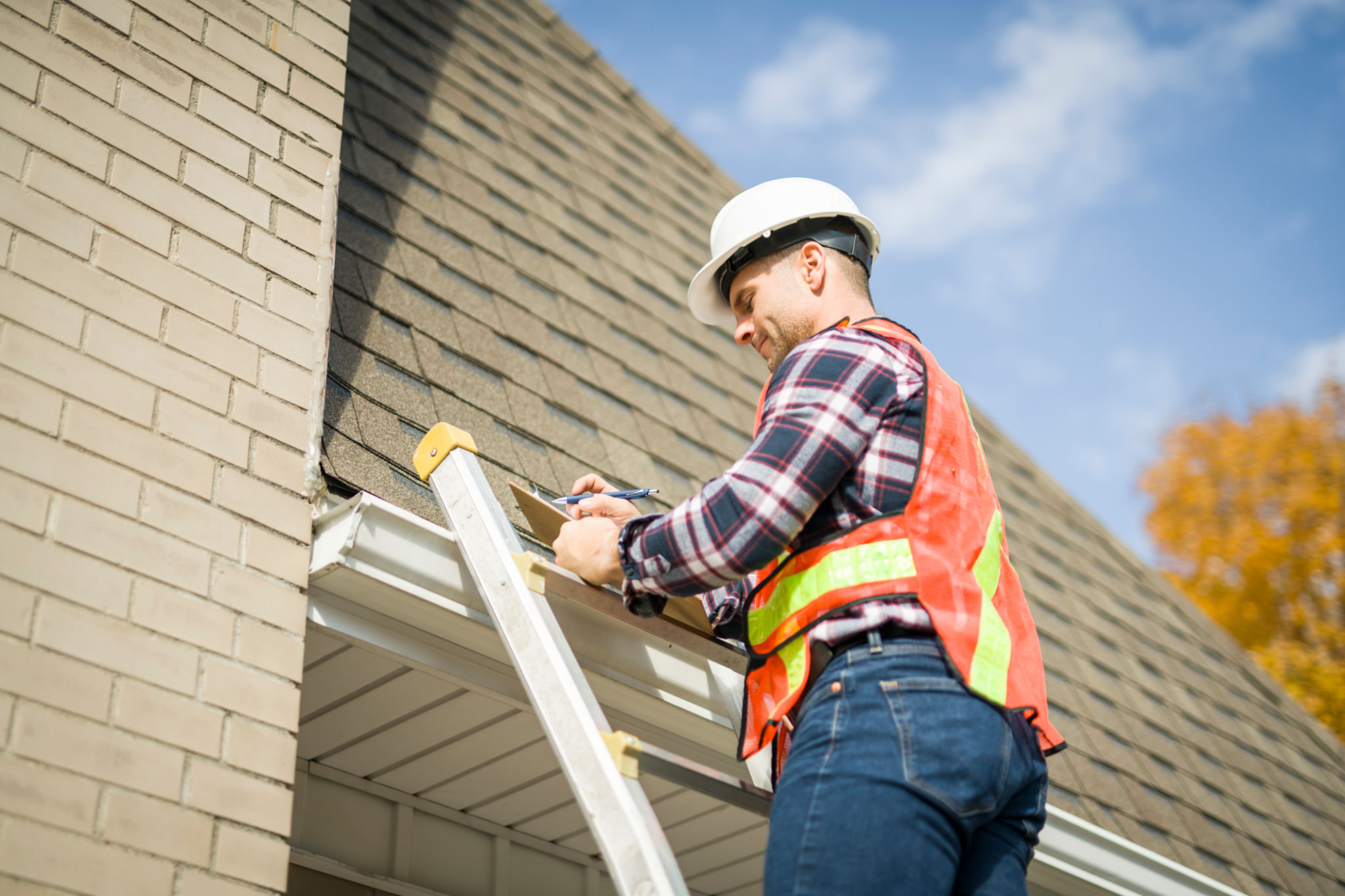DIY Roof Inspection Tips for Atlanta Homeowners: What to Look For
Understanding the Importance of Roof Inspections
Your roof is one of the most critical components of your home, providing protection against the elements and contributing to energy efficiency. Regular inspections can help identify potential issues before they become costly repairs. In Atlanta, where weather conditions can vary dramatically, it's especially important to keep an eye on your roof's health.
When to Inspect Your Roof
Conducting a roof inspection at least twice a year, ideally in the spring and fall, is recommended. These seasons allow you to address any damage caused by winter storms or summer heat. Additionally, inspect your roof after any severe weather events, such as hailstorms or high winds, which are common in Atlanta.
Tools You'll Need
Before starting your DIY roof inspection, gather the necessary tools:
- Ladder
- Binoculars
- Camera or smartphone for documentation
- Gloves for safety
- Notepad for taking notes

Exterior Roof Inspection
Begin your inspection by examining the roof's exterior. Use binoculars to get a closer look without climbing onto the roof unless absolutely necessary. Look for:
- Missing or damaged shingles: Shingles should lie flat against the roof; if they're cracked, buckling, or missing, they need replacement.
- Moss or algae growth: While common in humid areas like Atlanta, excessive growth can damage shingles.
- Flashing issues: Check around chimneys, vents, and skylights to ensure flashing is intact and secure.
Inspecting Gutters and Downspouts
Your gutters play a vital role in directing water away from your home. Ensure they are free of debris and check for any signs of rust or sagging. Make sure downspouts are securely attached and direct water at least three feet away from your foundation.

Interior Roof Inspection
Once the exterior is inspected, head to your attic for an interior assessment. Look for:
- Water stains or spots: These indicate leaks that need immediate attention.
- Mold or mildew: Mold signifies moisture intrusion and inadequate ventilation.
- Daylight through the roof boards: This suggests gaps in your roofing that need sealing.
Documenting Your Findings
As you conduct your inspection, document any issues with photos and detailed notes. This documentation can be invaluable if you need to consult with a professional later or file an insurance claim.

Knowing When to Call a Professional
While DIY inspections are useful for spotting visible issues, some problems may require a professional's expertise. If you notice significant damage or if you're uncomfortable with any part of the inspection process, don't hesitate to contact a qualified roofing contractor in Atlanta. They can provide a more comprehensive assessment and suggest necessary repairs.
Regular inspections and maintenance will help extend the life of your roof and protect your investment. By following these tips, Atlanta homeowners can ensure their roofs remain in top condition, providing peace of mind and security for years to come.